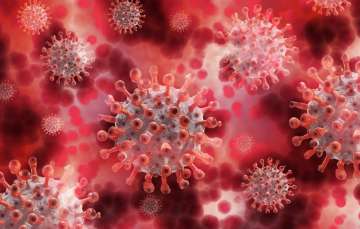Singaporean Health Minister Ong Ye Kung on Friday said that the country is experiencing another COVID-19 wave, as infections have risen from 1,000 three weeks ago to around 2,000 in the past two weeks.
In an interview, Ong said that the recent COVID-19 cases in Singapore are being driven by the two variants - the EG.5 and its sub-lineage HK.3 - both descending from the Omicron variant of the virus. They are accounting for 75% of the daily cases in the country, he said.
"We will treat this as an endemic disease, which is in line with our strategy, and we will live with it... After all, there has been no evidence to suggest that the new variants are more likely to lead to severe illnesses compared to previous variants," he said.
Although Ong said that there are no plans as of now to impose any social restrictions as Singapore did from March to April, he did warn against lowering its guard and complacency against COVID-19. "In the coming weeks, we should expect more people to fall sick, and if so, hospitalisations will go up. Waiting time will go up," said the Singaporean Health Minister.
Best and least protected groups in Singapore
The findings of a study by the Ministry of Health (MOH) revealed the incidence rate of severe illness recorded during the peak of Singapore’s last infection wave in April. The "best protected" groups are those who have a minimum of three mRNA shits and a natural infection within the last 12 months.
The severe illness incidence rate in the "best protected" group is 10 per 100,000 people. On the other hand, the "least protected" groups include those who have no minimum protection and no recorded infection - thus, they are five times more vulnerable to the virus. The incidence rate here is 50 per 100,o00 people.
Ong warned that protection against the virus might wane, which typically happens around the 12-month interval. He advised senior citizens or those who are medically vulnerable due to underlying illness to take the necessary precautions, such as wearing a mask in crowded areas.
"As I have said before, the COVID-19 virus has not become milder since the pandemic crisis. It is us who have gotten stronger and more resilient, and that is because of vaccinations as well as safe recovery from infections. But like all protection, it will wane over time," the Minister added.
(with PTI inputs)
ALSO READ | Canada moves diplomats from India to Kuala Lumpur, Singapore after New Delhi seeks downsizing: Report
Latest World News
